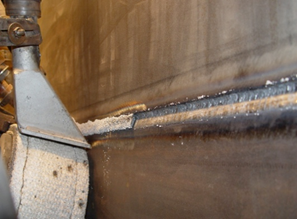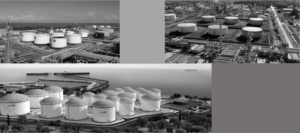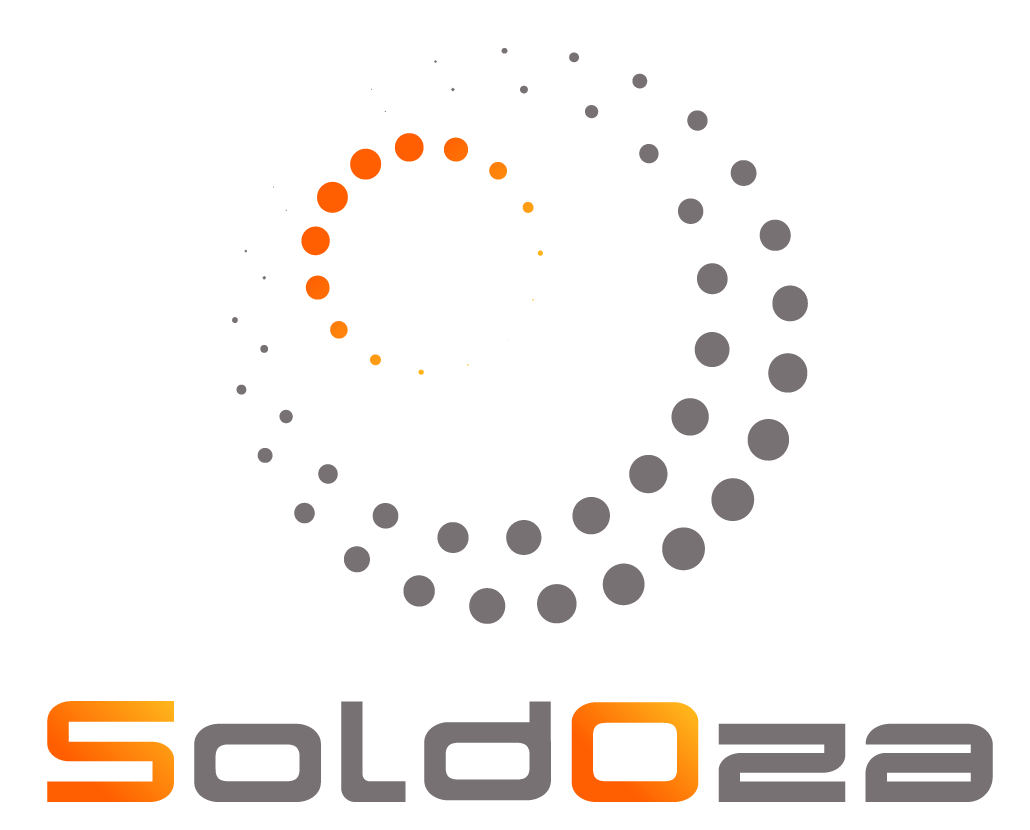Welding Consumables Used for LNG Tanks
By: Dr. Eng. Pablo Ozaeta L.
The 9%Ni steels could be welded using filler metals with similar chemical composition if the appropriate heat-treatment is applied to match the mechanical properties of the base metal. Filler metals having 12% nickel have also been developed, showing good toughness but low ductility. Welds made with this consumable have shown good results in the laboratory test, but have not been accepted for the construction of large vessels.

For LNG Tank construction, these solutions are not viable. Therefore, high nickel austenitic consumables are used. Nickel base alloys are chosen due their good strength, good toughness at -196°C and because its thermal expansion coefficient is very close to 9%Ni steel, thereby reducing the thermal stress during tank operation.
1. Welding Consumables:
For the SAW welding process, there are different types of wires based on NiMo and NiCrMo alloys. In Europe and USA, AWS A5.14 ER-NiCrMo-3 or AWS A5.14 ER- NiCrMo -4 are commonly used.
The AWS A5.14 ER NiCrMo-3 is an Inconel 625 type alloy, which increases its mechanical strength by the formation of secondary solidification constituent. Due to its chemical composition Gamma prime, Delta and Mu secondary solidification constituent, and carbides MC, M6C and M23C6 are stable in the solid phase, but the thermo-mechanical treatment will define the final phases distribution.
Undiluted weld metal tensile tested has an UTS around 760 MPa, yield strength around 510 MPa and elongation around 46%, making it the ideal consumable to be used for this application. But its high hot cracking sensitivity makes it so that many tanks’ constructors reject the idea of using it. However, it should be noted that using the proper flux and right welding parameters, it’s a possible and reliable way to get sound welds with highest mechanical properties.
The AWS A5.14 ER NiCrMo-4 is a Hastalloy C-276 alloy type, which increases its strength by solid solution. Only M6C rich molybdenum carbides and Mu secondary solidification constituent are stable in the solid phase. Undiluted weld metal tensile tested has an UTS around 690 MPa, yield strength over 400 MPa and elongation around 35%, making it an acceptable consumable to be used for this application, especially due to its lower hot crack sensitivity.
Due to that mechanical strength of this alloy system is controlled by solid solution mechanism, dilution with base metal should have an important role on tested strength by cylindrical all weld metal tension test, where the place where the sample was obtained could have an important effect.
This is one of the hypotheses in this dissertation, attempting to compare its effect against other typical welding variables. Using X-ray fluorescence technique, main alloy elements will be determined on each tensile tested sample and will be statistically correlated with other parameter.




